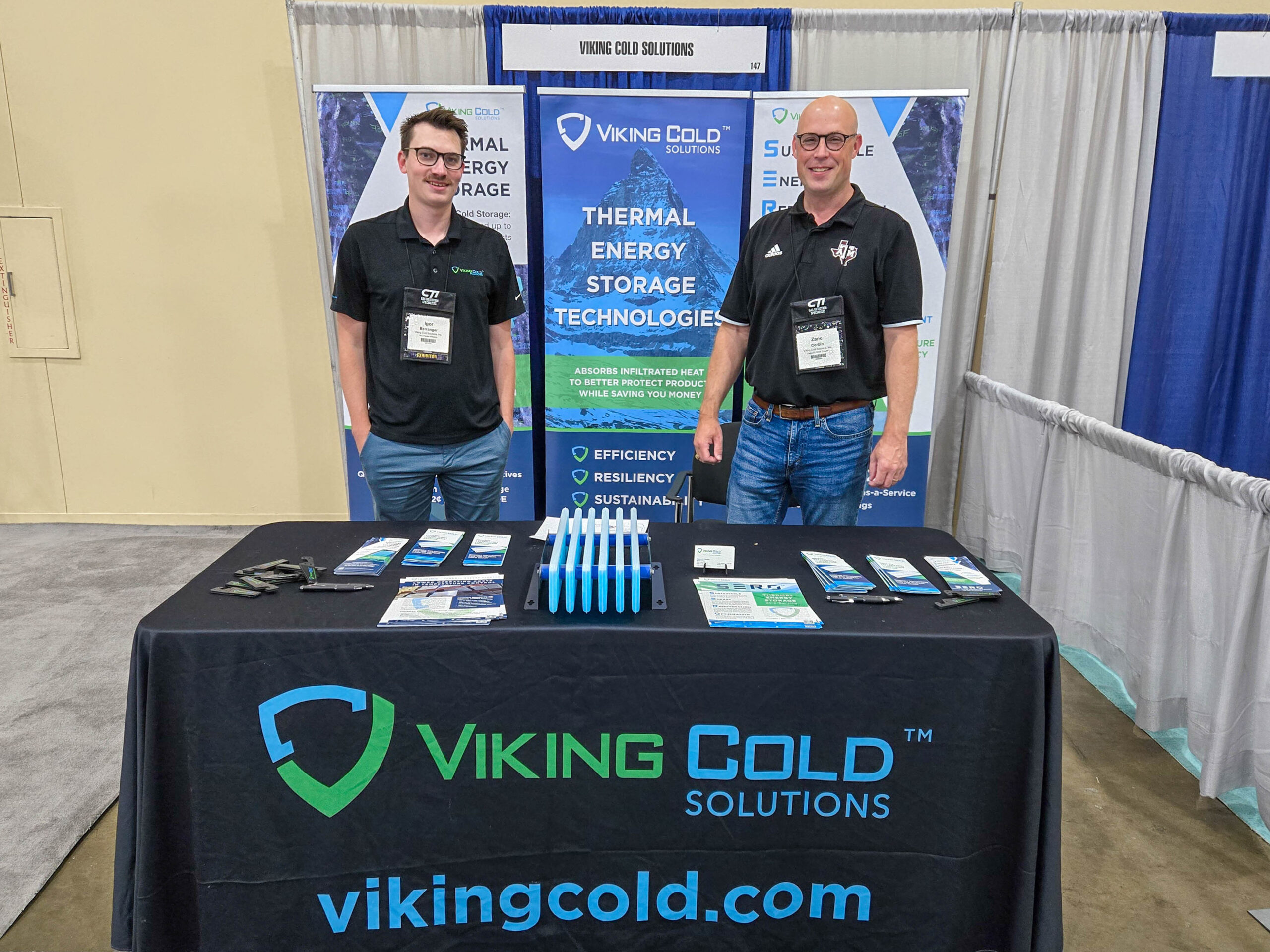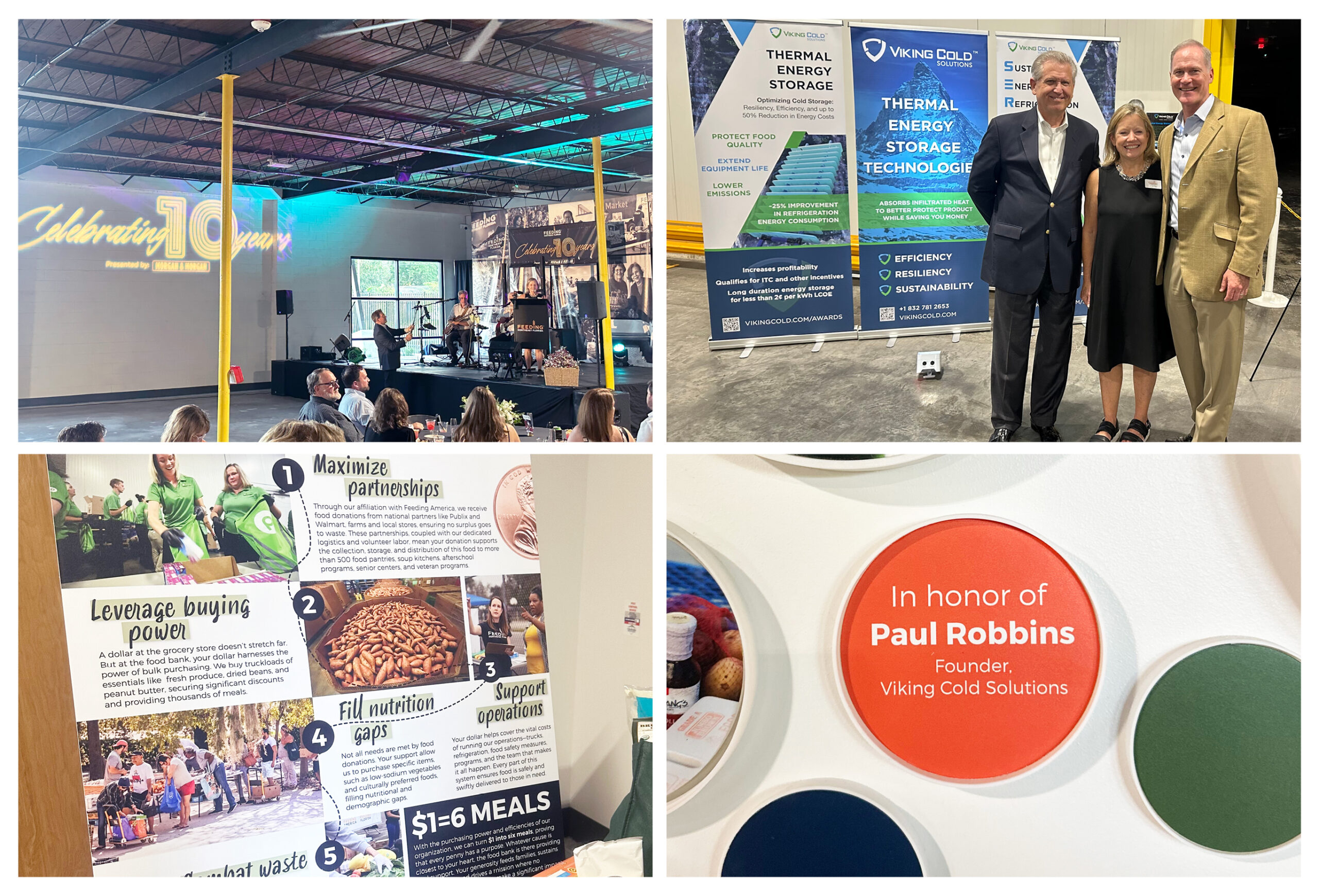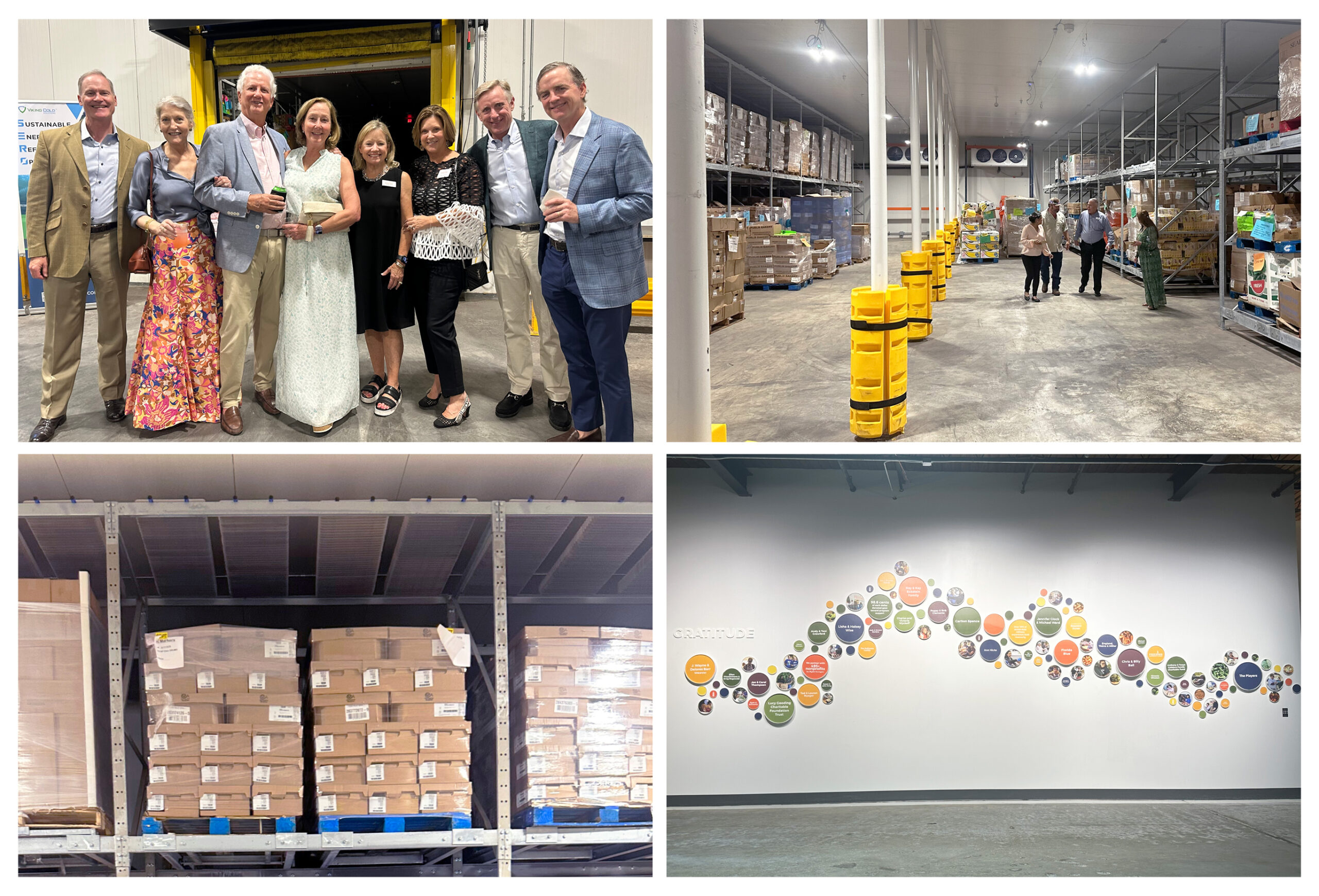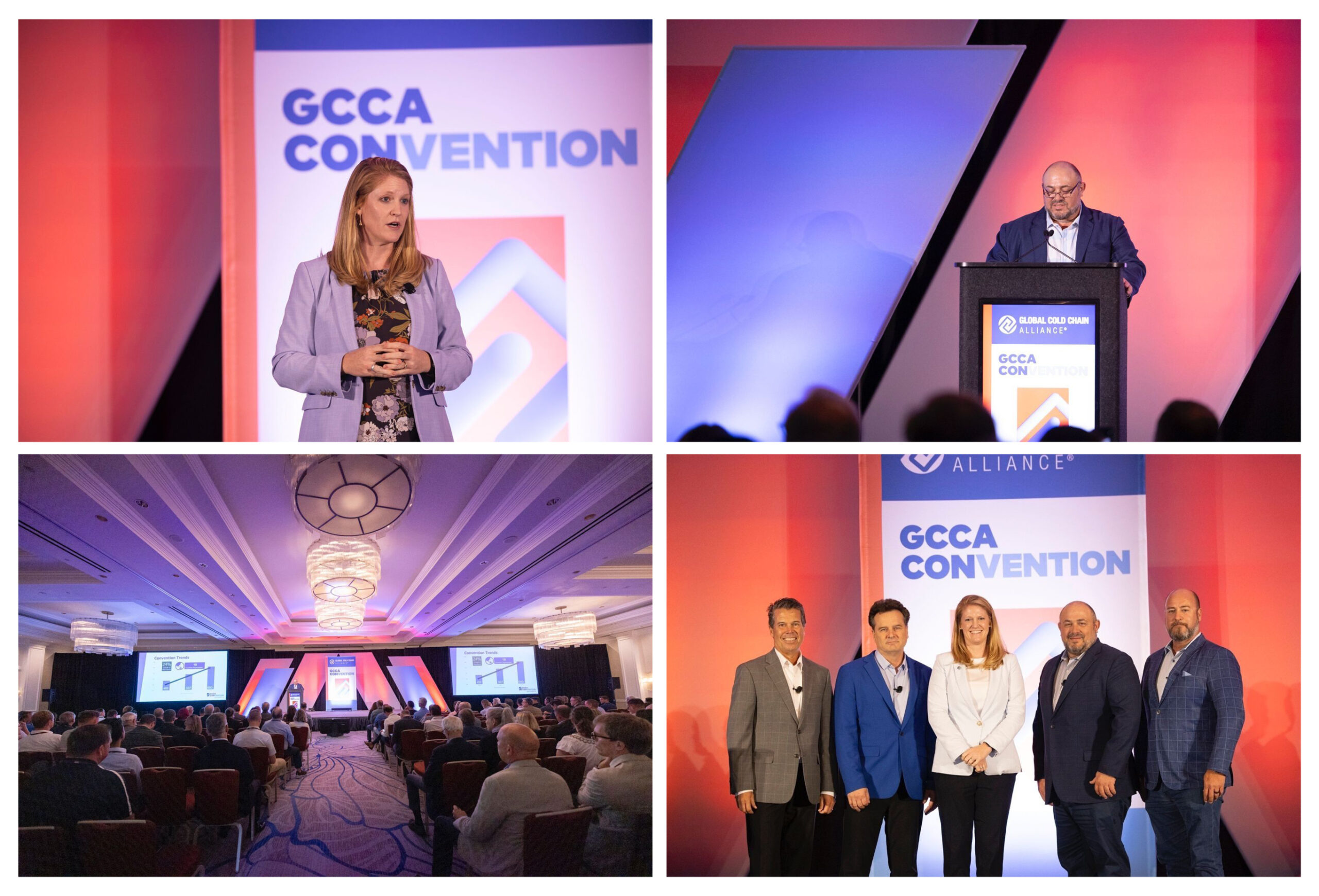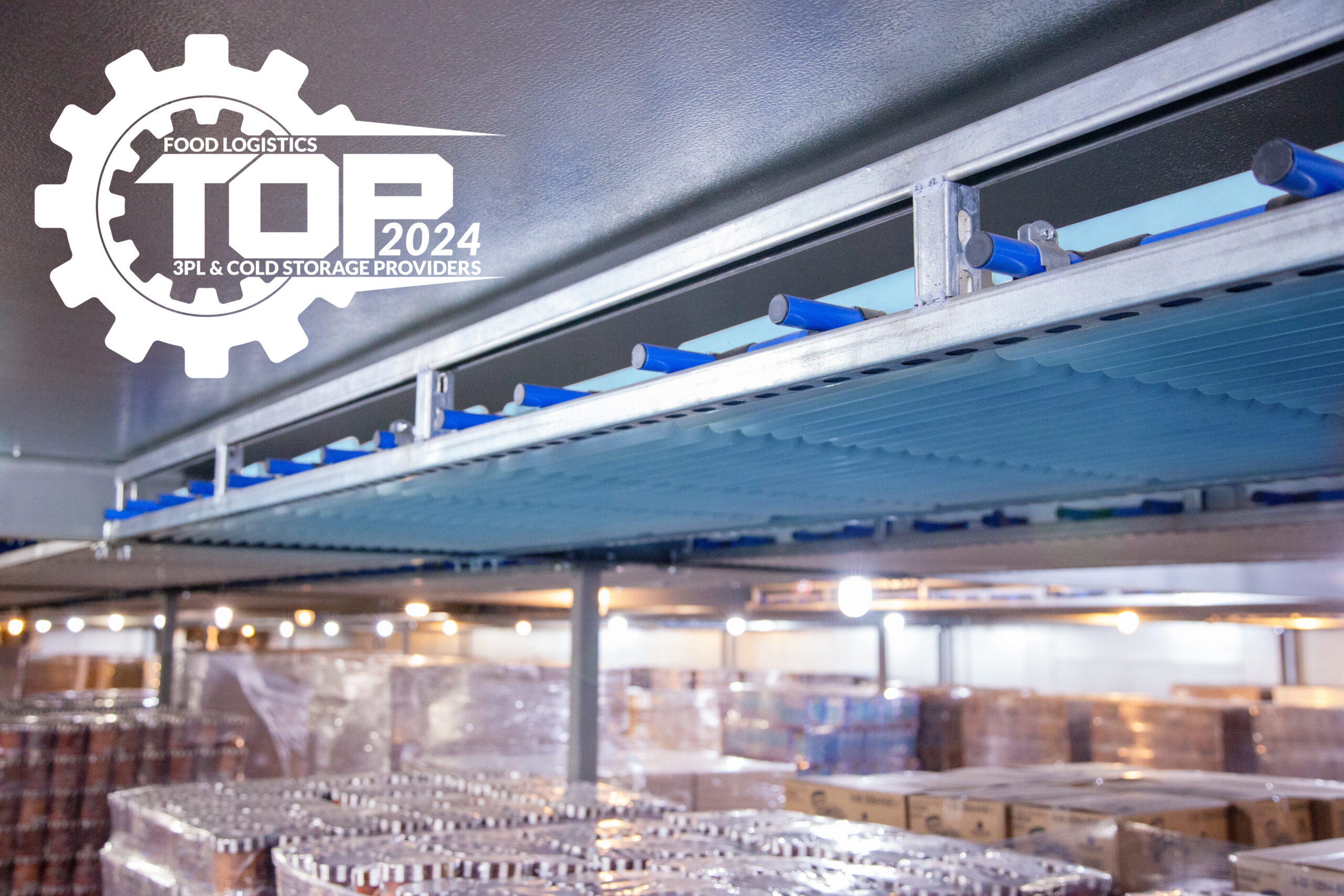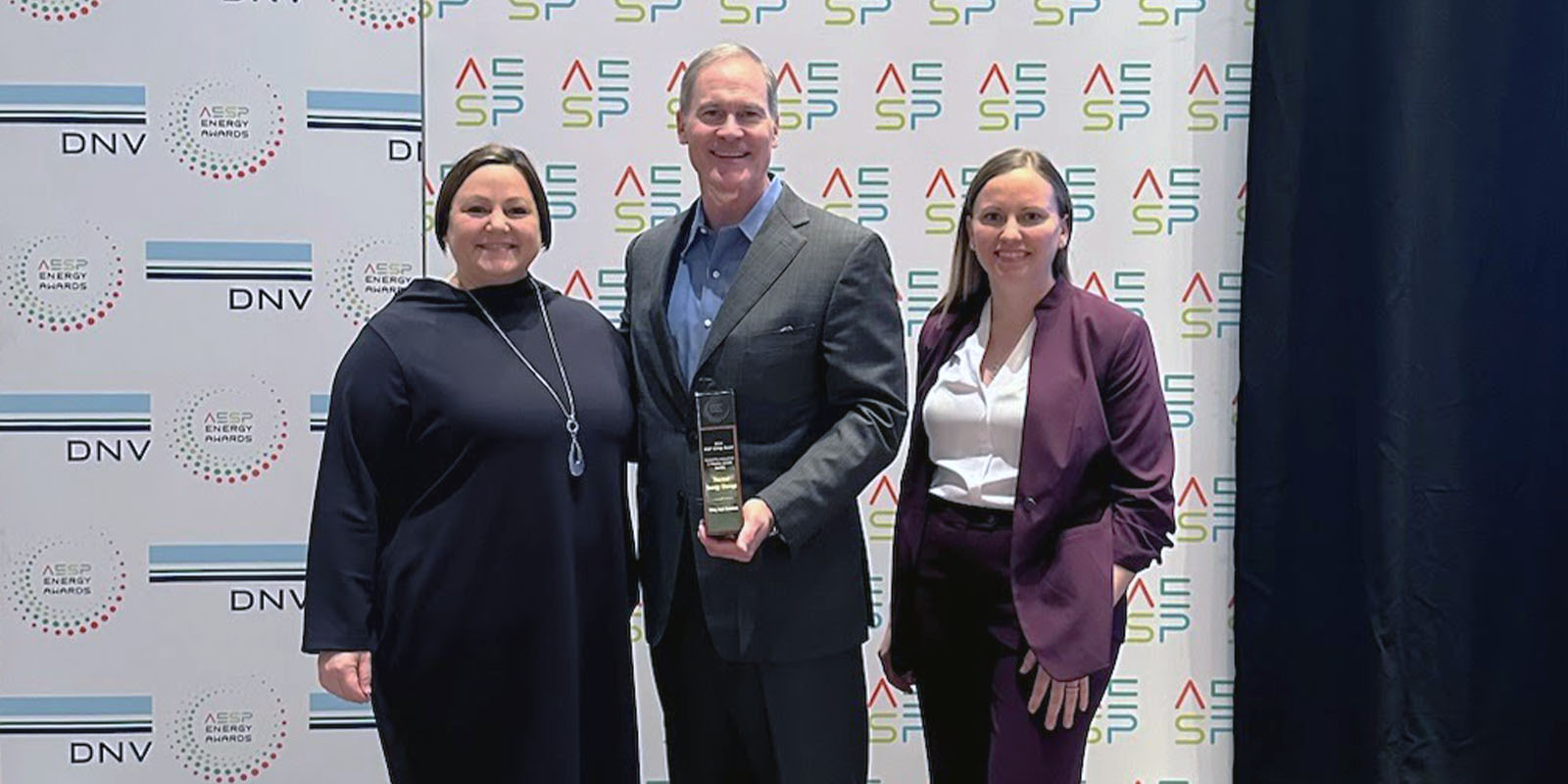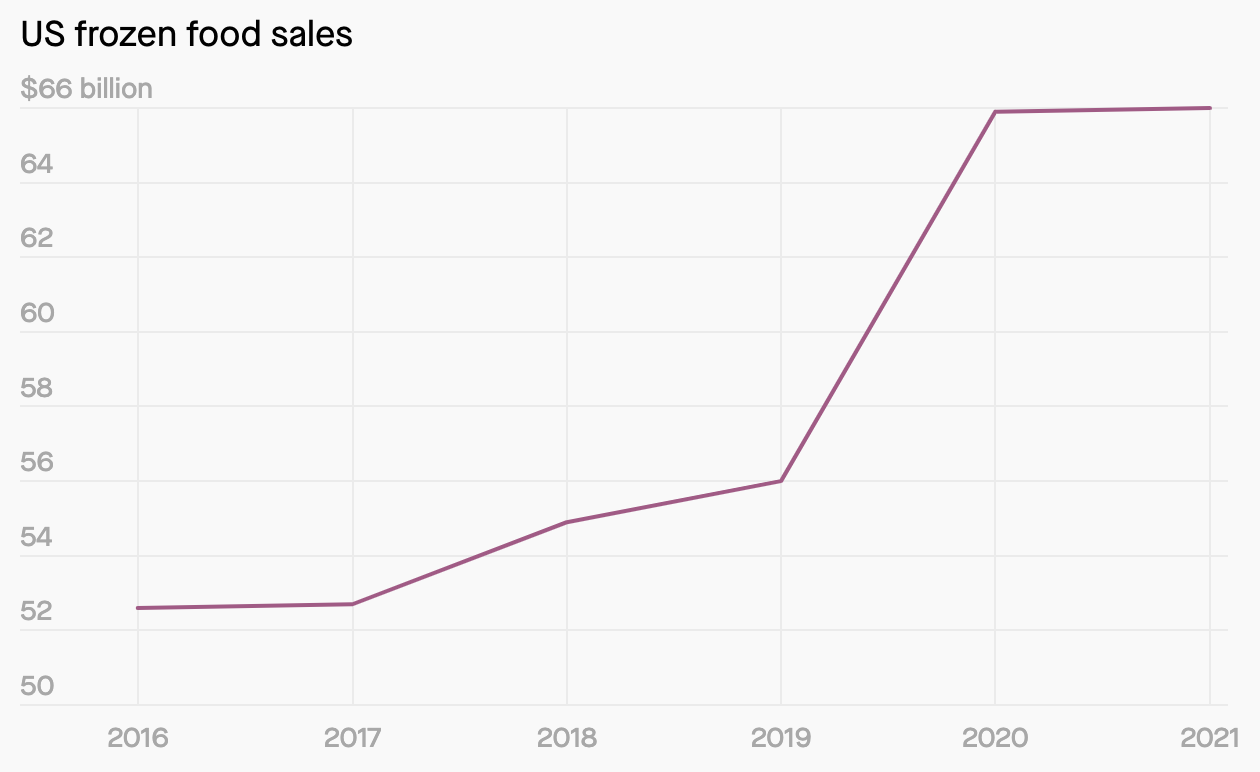Continuing our tradition of giving back, Viking Cold Solutions volunteered at the Houston Food Bank over the holiday season. The team rolled up their sleeves to tackle a variety of tasks, from building and breaking down boxes to packing essential food items for local pantries. Pallets of goods were transferred to assembly lines, and the kitchen buzzed with activity as a holiday lunch was prepared for those in need.
The Houston Food Bank is a solution to both hunger and food waste. Around 1 million people in the 18 southeast Texas counties served by Houston Food Bank are considered food insecure – lacking consistent access to enough nutritious food to fuel a healthy life. To address this challenge, the Houston Food Bank distributes food and other essentials through a network of more than 1,600 community partners. In addition, the food bank provides programs and services aimed at helping families achieve long-term stability which include nutrition education, health management, and help in securing state-funded assistance and other services.
At Viking Cold Solutions, we believe in paying forward our good fortune by supporting food banks across the globe with our Thermal Energy Storage technology. This innovative solution reduces energy costs and allows food banks to allocate more resources toward serving their communities. The most recent addition to Viking Cold Solutions food bank portfolio includes Feeding Northeast Florida. We completed a project for Feeding Northeast Florida in December just in time for the holidays and the New Year season. By providing food banks with sustainable technology, Viking Cold Solutions helps organizations like the Houston Food Bank and Feeding Northeast Florida to extend their reach and increase their impact in the fight against hunger.

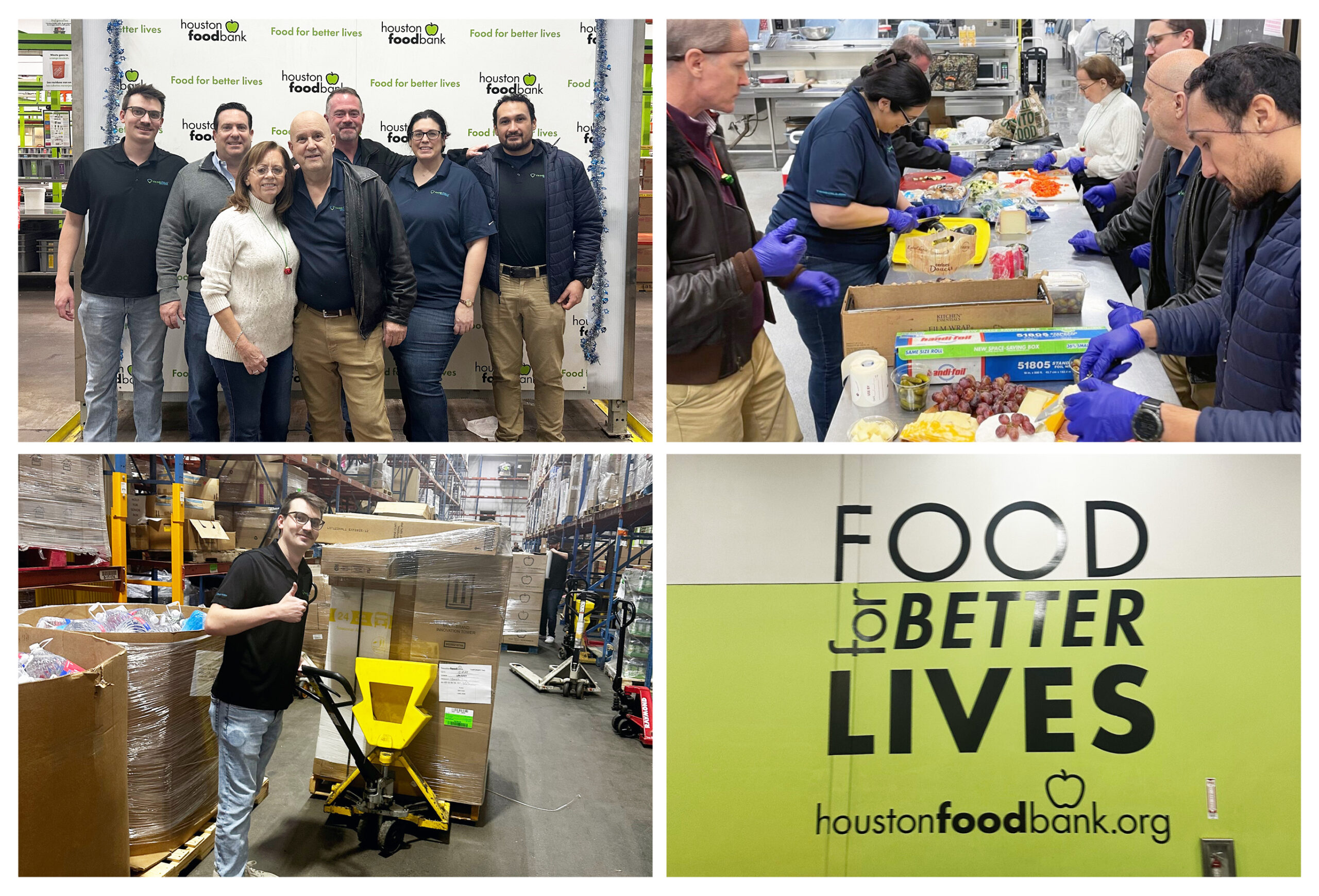
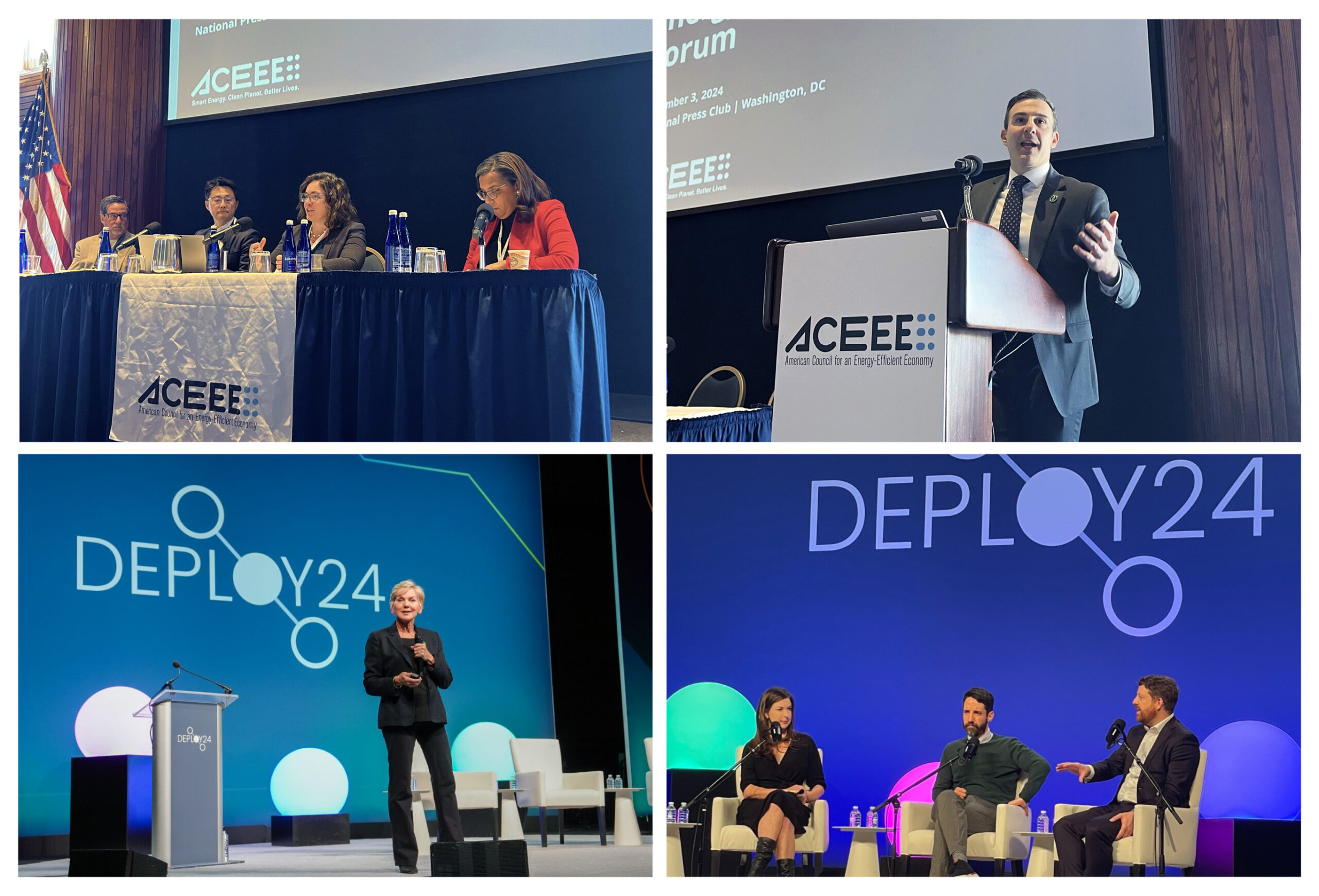 Renewable energy has long been synonymous with wind and solar — sources derived from nature’s ability to create energy that emit zero greenhouse gases. Today, Thermal Energy Storage (TES) is emerging as a critical component of the renewable energy landscape, standing alongside wind and solar as part of the solution for a cleaner, more resilient energy future.
Renewable energy has long been synonymous with wind and solar — sources derived from nature’s ability to create energy that emit zero greenhouse gases. Today, Thermal Energy Storage (TES) is emerging as a critical component of the renewable energy landscape, standing alongside wind and solar as part of the solution for a cleaner, more resilient energy future.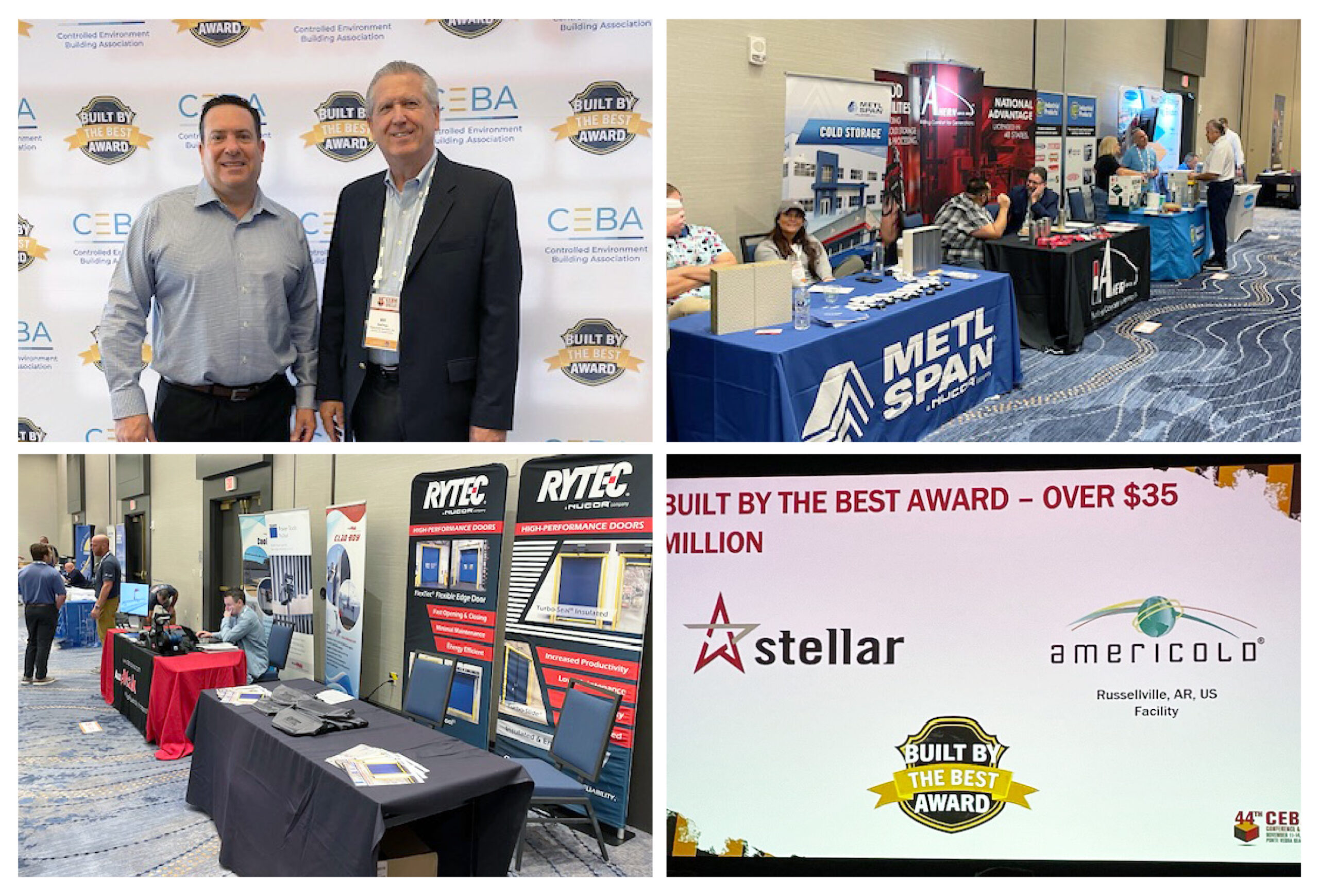 With energy costs on the rise and increasing pressure on companies to meet sustainability goals, energy efficiency has become essential for the cold chain and controlled-environment industries. The
With energy costs on the rise and increasing pressure on companies to meet sustainability goals, energy efficiency has become essential for the cold chain and controlled-environment industries. The 